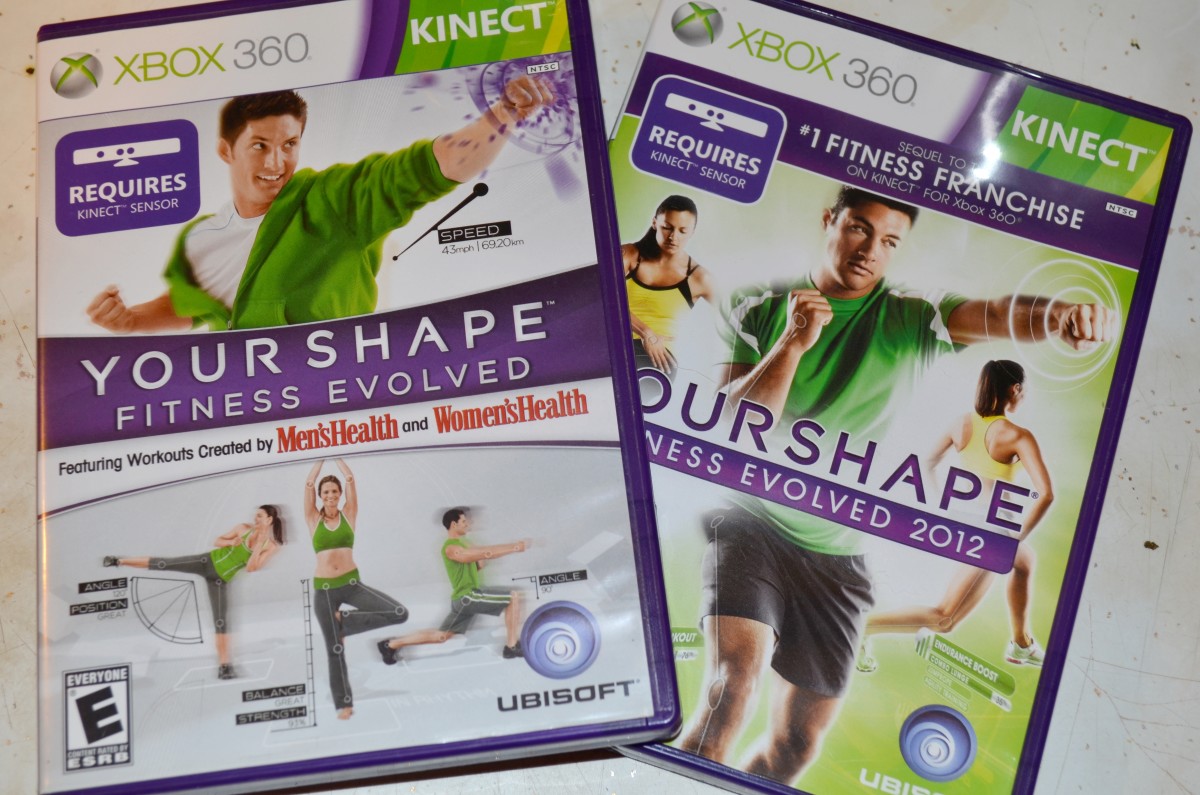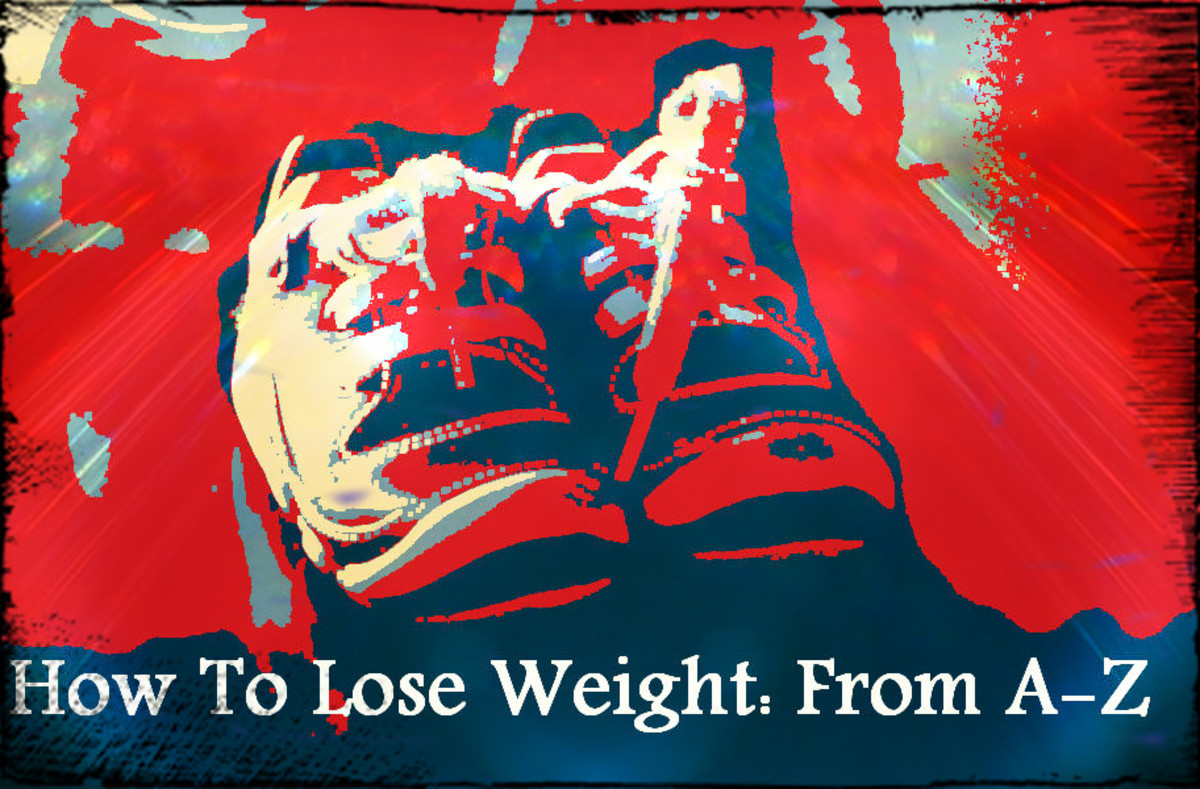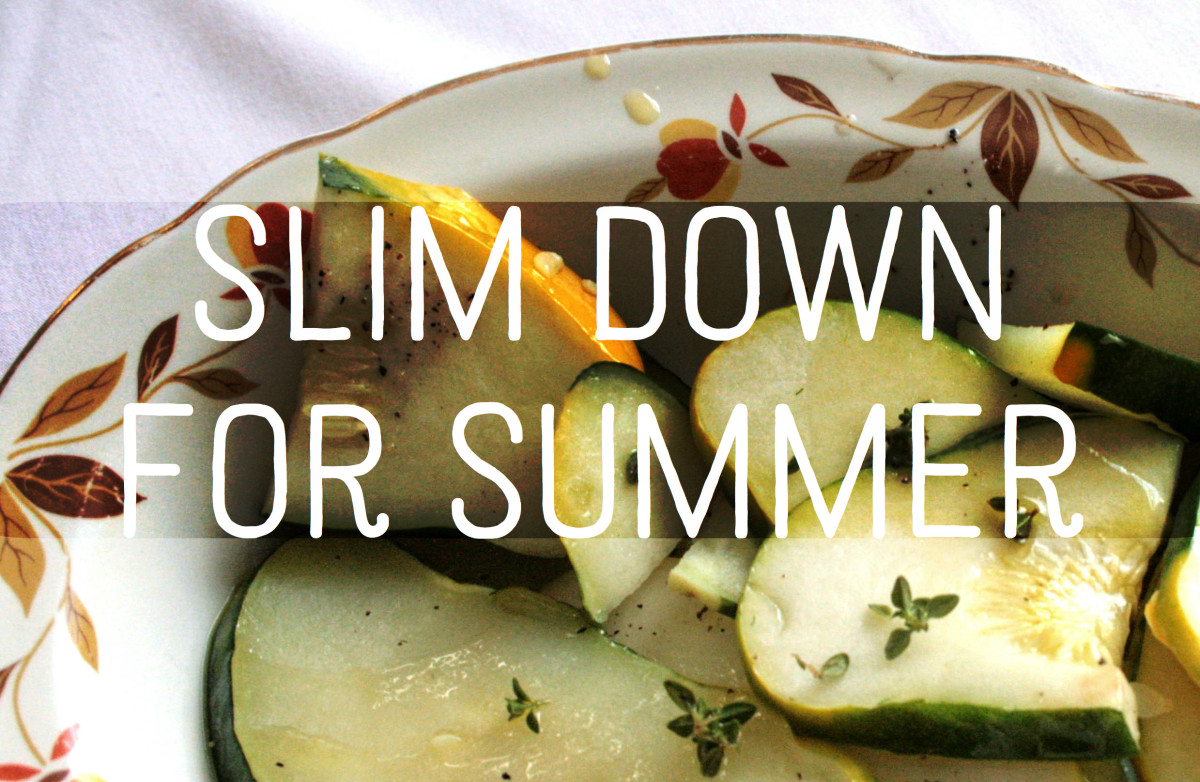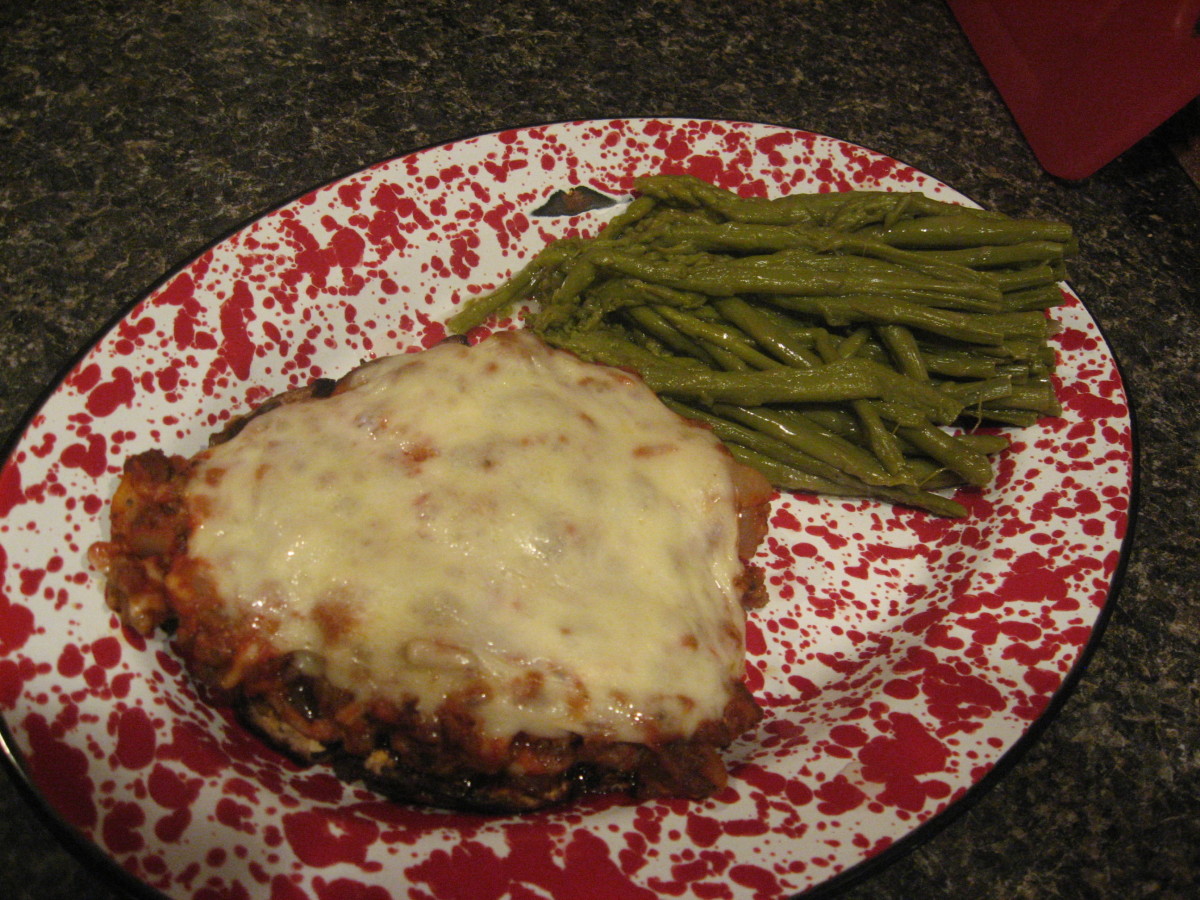How to Lose Weight by Adding, Not Restricting
You've all, like me tried the fad diets, and (at least I) have always failed.
So I decided to try taking tiny steps and to expect nothing. For the first year or so, it was all about adding, then substituting, not restricting foods.
Tip: I also didn't weigh myself except about every 3 months, thus taking my mind further away from the fear of the scale, the frantic feeling when I didn't lose weight, and the following depression.
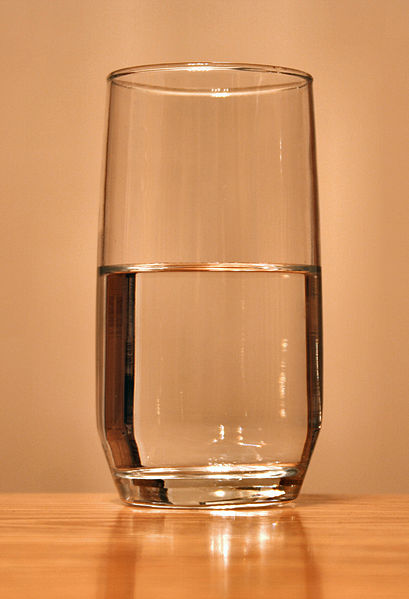
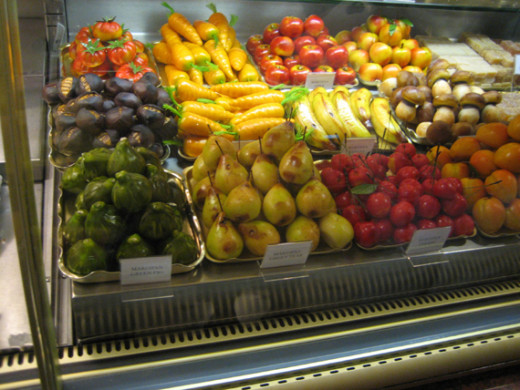
What I Added
- I started drinking more water. (I didn't like the taste of it at first.)
- I started mixing some diet soda into my regular soda and increasing the percentage of diet soda over time.
- I started adding more fresh or steamed vegetables to my meals (like at McDonald's, I'd ask them to add lettuce and tomato to my cheeseburger.) Later I tried one new fresh vegetable each week. You can layer your sandwich with sprouts, thin cucumber slices, lettuce, onions, tomatoes, bell peppers, etc. You don't need to quit eating the sandwich, just add some flavor to it. (I still don't make proper salads.)
- I started looking for low-fat substitutes for items I usually eat like cheese, milk, meats, peanut butter, etc. Now this doesn't work for all foods; for instance, I had a hard time with fat-free cottage cheese. So, I bought a carton of the low-fat and a carton of the non-fat and started mixing 1/2 and 1/2, gradually working up to the straight fat-free.
- I started focusing on adding more low-fat protein to my diet. (You can add boiled egg whites to almost anything to boost the fat-free protein value.) See: Egg Whites: A Highly Digestible and Inexpensive Form of Protein
- I started reading the nutrition labels for sodium content. I investigated other spices I could add to my food instead of salt.
- Finally, I started tweaking traditional recipes that I love, so that they are higher in protein, lower in fat, and lower in sodium. Check out this recipe: The Best Tasting, Nearly No Fat, Low Sodium, High Protein Vegetarian Lasagna on the Face of the Planet.
Results
- My body naturally started craving more water - the soda just didn't quench my thirst anymore (I didn't completely give up on the soda, but have to drink water for thirst.)
- After a while, I found the regular soda to be way too sweet and couldn't stand it. Now, it seems that we're not supposed to be drinking soda at all, so I've gradually cut down to one diet soda a day, but don't even think about taking that last one away from me.
- I actually started to like the crunch and taste of some vegetables, and added some to each meal, whatever was easy.
- I quit noticing the difference between most of the low-fat versions of foods and the regular (with some exceptions); so, after a while, gradually, item by item, I started preferring the fat-free versions.
- By increasing my daily fat-free protein intake, I felt full longer.
- To my surprise, the greatest break-through, was when I gradually started substituting low or no-sodium options and adding other spices instead (I now love freshly ground pepper). Gradually, I became over-sensitized to salt, and could not stand to eat a lot of pre-packaged foods I used to eat, thus naturally leaving more room for the fresh stuff. I lost a chunk of weight after making this change.
The Overall Result
The overall result of these minor changes was that, over time, I was too full to eat everything I ate originally plus what I added, so I started choosing the new foods over some of the original stuff. Also, I started to feel physically better, and those fast-food cheeseburgers didn't sit well in my stomach. So, as a natural result (maybe like aversion therapy), I started avoiding the drive-thrus.
Using these gradual changes, over the past year I have rarely felt hungry; I eat whenever I want; I don't crave sweets or fat like I used to (in fact they make me feel sick); and I've lost 45 pounds
So, like looking at your feet when you're walking rather than peering impatiently a mile ahead, try making one tiny change today, then maybe one more tiny change next week. Lose the quick-and-easy mindset, and embrace Gradualism.
You might want to read how Gradualism has helped me in other ways of my life: Gradualism Works for Me.



